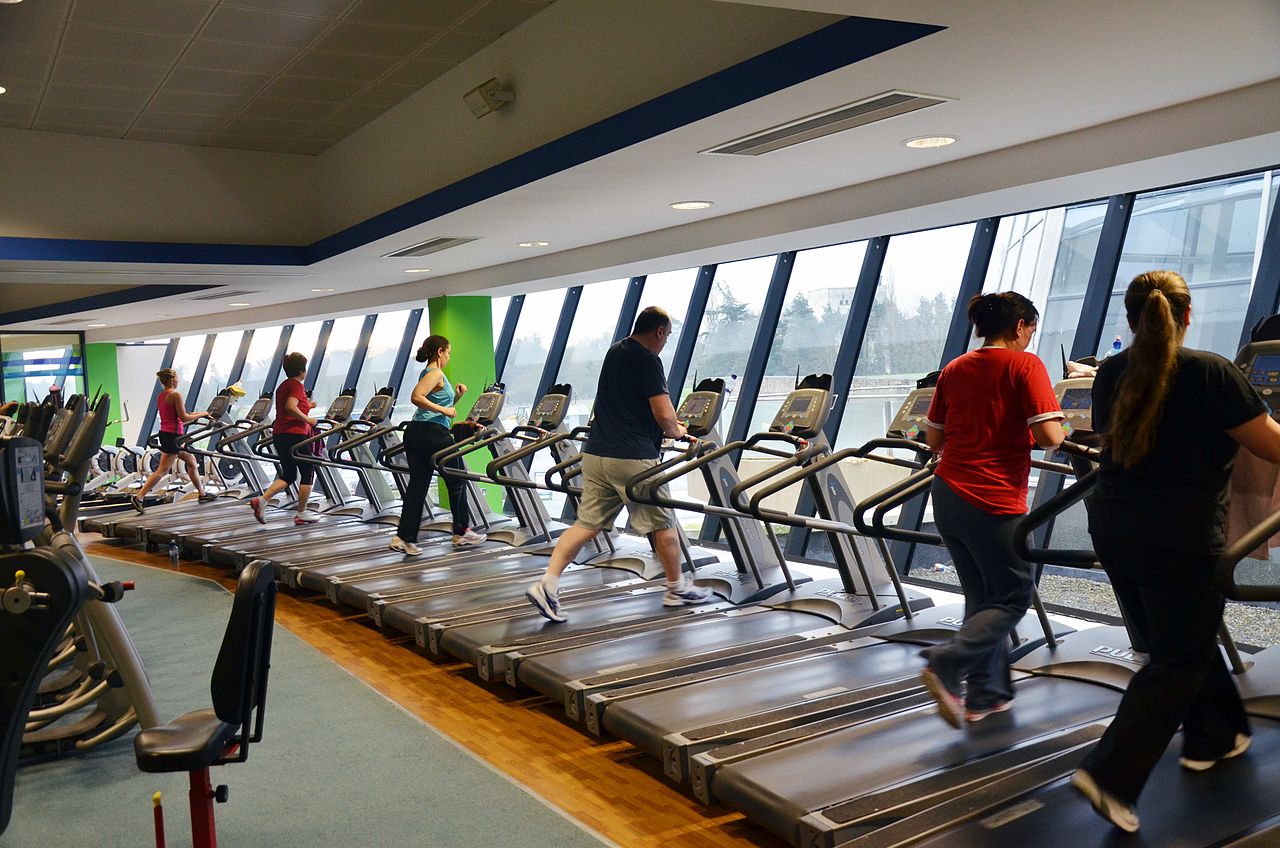You must have heard that famous saying: “it takes fewer muscles to smile than it does to frown”, and that, in light of this fact, you should smile more often.
Now, if a mere expression of frown requires so many muscles to work in tandem, imagine the complex biomechanics taking place inside Usain Bolt’s body, from the sound of the fire till he sprints past the 100m mark. Or in any athlete for that matter who’s indulged in some strenuous sport. So many muscles, tendons, ligaments, and other specialized structures coming together to perform a rigorous function must be quite a mesmerizing sight. And if you wish to savor that visual, conventional motion capturing techniques aren’t good enough.
How about getting inside the body and seeing everything as if it’s happening around you.
That is what Virtual Reality means for the healthcare industry.
The unique ability of VR to swindle our brain means that it isn’t simply the next big thing in gaming, it may prove to be an extremely effective device for psychological therapy.
That’s the reason virtual reality is now making inroads into the healthcare space, bringing in a new wave of innovation and hope in various sectors of the industry.
2016 has brought in virtual reality in the hands of common people ensuring that it becomes one of the largest trends in tech in a few years.
Medical professionals have been developing and implementing virtual reality for years now, in ways that can help them train, diagnose, and treat in myriad situations.
However, so far, the research on it was focused on controlled clinical applications. These are the applications which require regulatory compliance and medical device status.
It’s only recently the scope of VR in outpatient therapy, as well as general wellness solutions has been realized. Also, the commercial availability of the tech has opened new doors for it to enter the world of medicine and healing.
Once the technology becomes mainstream, VR has the potential to provide highly immersive training systems for young doctors, such as virtually rendered operating rooms running different simulations of real-life scenarios. This will allow them to enhance their surgical skills and improve their decision making as they react to and manage situations similar to those they will face when treating real patients.
In addition to training and treatment, virtual modeling of organs and human anatomy will soon become the norm for diagnostic medicine. Doctors and surgeons will be able to research and review virtual representations of a specific part of the human body prior to treatment in order to increase their own understanding and decrease complications.
So, by utilizing VR hardware in their day-to-day practice, healthcare practitioners will have access to real-time information as they undertake surgeries, examinations, and diagnosis.
Some use cases that are currently in practice and continually developing with the developing technology are discussed below:
Exposure is the cure
When exposed to a controlled environment in which you are made to face your fears and even practice coping strategies, as well as breaking patterns of avoidance, all while you’re in a private and safe setting- that’s what the VR tech offers to help you combat your phobias.
A rather painless treatment
Anticipating pain can make it worse. The amount of pain we experience depends on our psychological manipulation. This means, our brain can interpret pain signals differently depending on what we’re thinking or feeling at the time. So if we somehow manage to alter the experience of a painful event by deliberately diverting our attention towards something else, the distressing sensation of pain could be greatly reduced!
The victims of severe injuries who have suffered from the trauma of severe sports accidents have found relief through Virtual Reality aids. This is because VR exposes the patients to computer-generated sights and sounds, creating visual and auditory stimulus, thereby distracting them from the pain symptoms.
A quick and happy recovery
Combining authentic natural landscapes with virtual reality aids not only helps patients divert their attention from going under the knife or needle, but also offer opportunities for real physical exercise such as walking up hill, going over bridges, sitting on the beach, etc by creating movement inside the game.
Performing physical exercises becomes a process to look forward to as unlike traditional physical therapy which is confined to work within strict physical boundaries, a virtual reality-assisted system overpowers by exploring new locations through the virtual video. The advantage is that the patients are able to strengthen not only their muscles but also their cognitive abilities.
Although VR is still in its early days, quite clearly, it promises to not only change the way doctors work, but also improve the level of care received by patients over the world.
The virtual therapy for all our injuries is finally here. Are we ready for it? #SetBackToComeback
Why Mobile E-learning Matters Today
Not long ago, a new hire was given a binder filled with pages and pages of information to acclimate themselves with their new company, products, the HR dos and don’ts and other relevant and superfluous information. This then gave way to the computing era, Read More..









